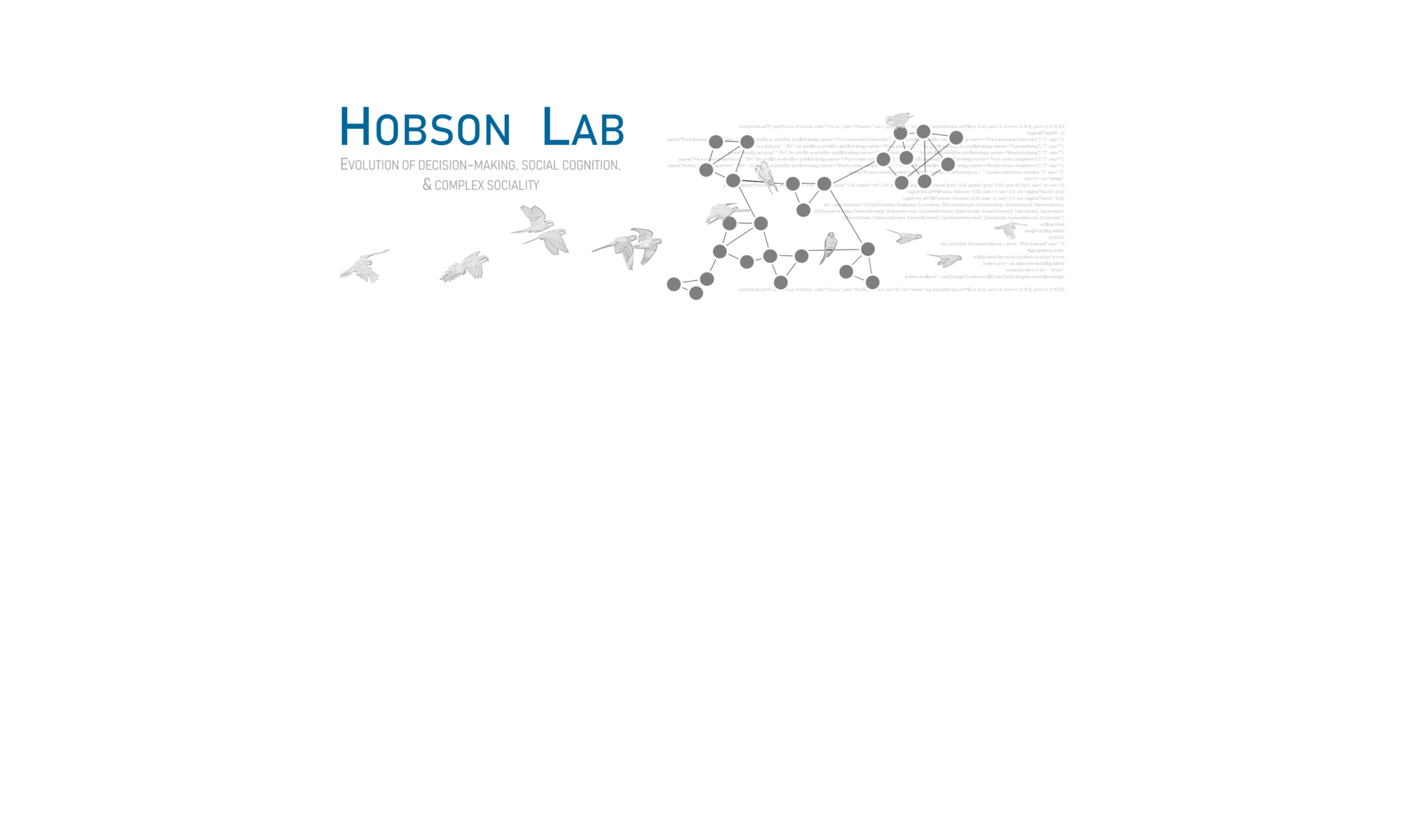This paper came out of a working group meeting at NIMBioS in fall 2019 called “Null models for social behavior“. This was a great working group, a really fantastic team, and a fun writing experience. The preprint is available on arXiv. The draft is currently in revision for Biological Reviews.
A guide to choosing and implementing reference models for social network analysis
Analyzing social networks is challenging. Key features of relational data require the use of non-standard statistical methods such as developing system-specific null, or reference, models that randomize one or more components of the observed data. Here we review a variety of randomization procedures that generate reference models for social network analysis. Reference models provide an expectation for hypothesis-testing when analyzing network data. We outline the key stages in producing an effective reference model and detail four approaches for generating reference distributions: permutation, resampling, sampling from a distribution, and generative models. We highlight when each type of approach would be appropriate and note potential pitfalls for researchers to avoid. Throughout, we illustrate our points with examples from a simulated social system. Our aim is to provide social network researchers with a deeper understanding of analytical approaches to enhance their confidence when tailoring reference models to specific research questions.
Careful readers may spot three interesting quirks / easter eggs hidden in the paper…





